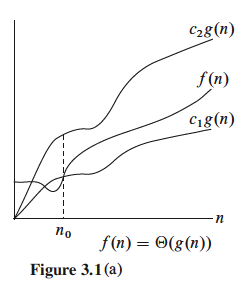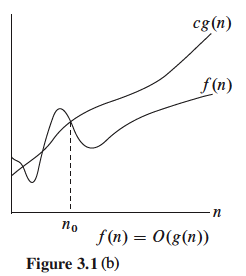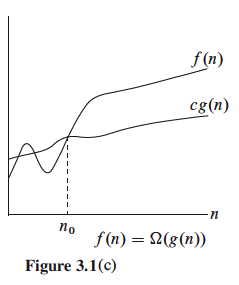
Showing Θ:
- Method #1 - Find constants n0, c1, and c2
- Method #2 - Take limit:

You have shown f(n) ∈ Θ(g(n)):
- If Method #1 leads to finding the 3 constants
- If taking the limit in Method #2 leads to a constant c
You have shown f(n) ∉ Θ(g(n)):
- If Method #1 fails to lead to finding the 3 constants
- If taking the limit in Method #2 leads to zero or infinity
What makes this a tight asymptotic bound?
- Because f(n) is sandwiched in between c1g(n) and c2g(n)

Cormen 3e 2009 (c)



